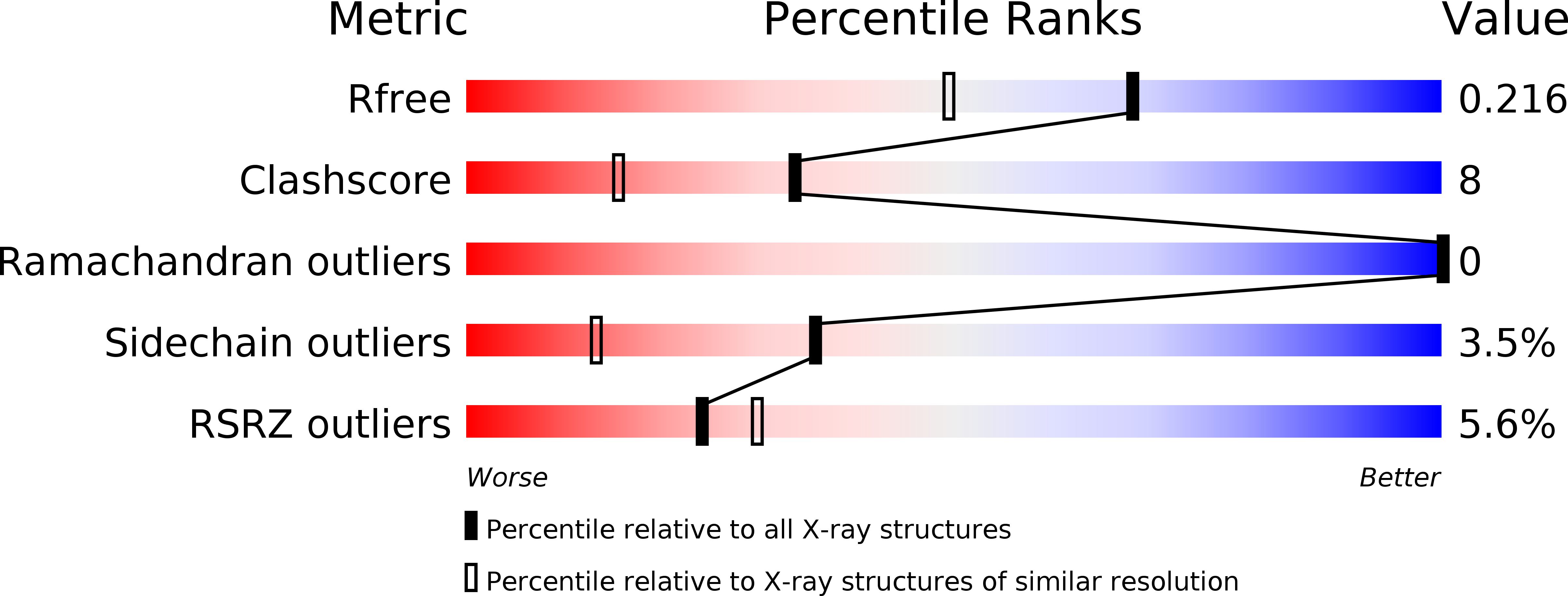
Deposition Date
2009-09-07
Release Date
2010-06-30
Last Version Date
2023-11-01
Entry Detail
PDB ID:
3JQK
Keywords:
Title:
Crystal structure of the molybdenum cofactor biosynthesis protein C (TTHA1789) from Thermus Theromophilus HB8 (H32 FORM)
Biological Source:
Source Organism:
Thermus thermophilus (Taxon ID: 300852)
Host Organism:
Method Details:
Experimental Method:
Resolution:
1.75 Å
R-Value Free:
0.21
R-Value Work:
0.19
R-Value Observed:
0.19
Space Group:
H 3 2


